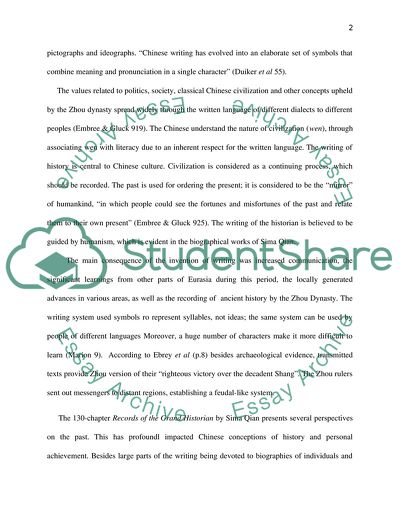Cite this document
(“Zhou Dynasty (1045 BC-256 BC) Research Paper Example | Topics and Well Written Essays - 3000 words”, n.d.)
Retrieved from https://studentshare.org/history/1573288-zhou-dynasty-1045-bc-256-bc
Retrieved from https://studentshare.org/history/1573288-zhou-dynasty-1045-bc-256-bc
(Zhou Dynasty (1045 BC-256 BC) Research Paper Example | Topics and Well Written Essays - 3000 Words)
https://studentshare.org/history/1573288-zhou-dynasty-1045-bc-256-bc.
https://studentshare.org/history/1573288-zhou-dynasty-1045-bc-256-bc.
“Zhou Dynasty (1045 BC-256 BC) Research Paper Example | Topics and Well Written Essays - 3000 Words”, n.d. https://studentshare.org/history/1573288-zhou-dynasty-1045-bc-256-bc.


